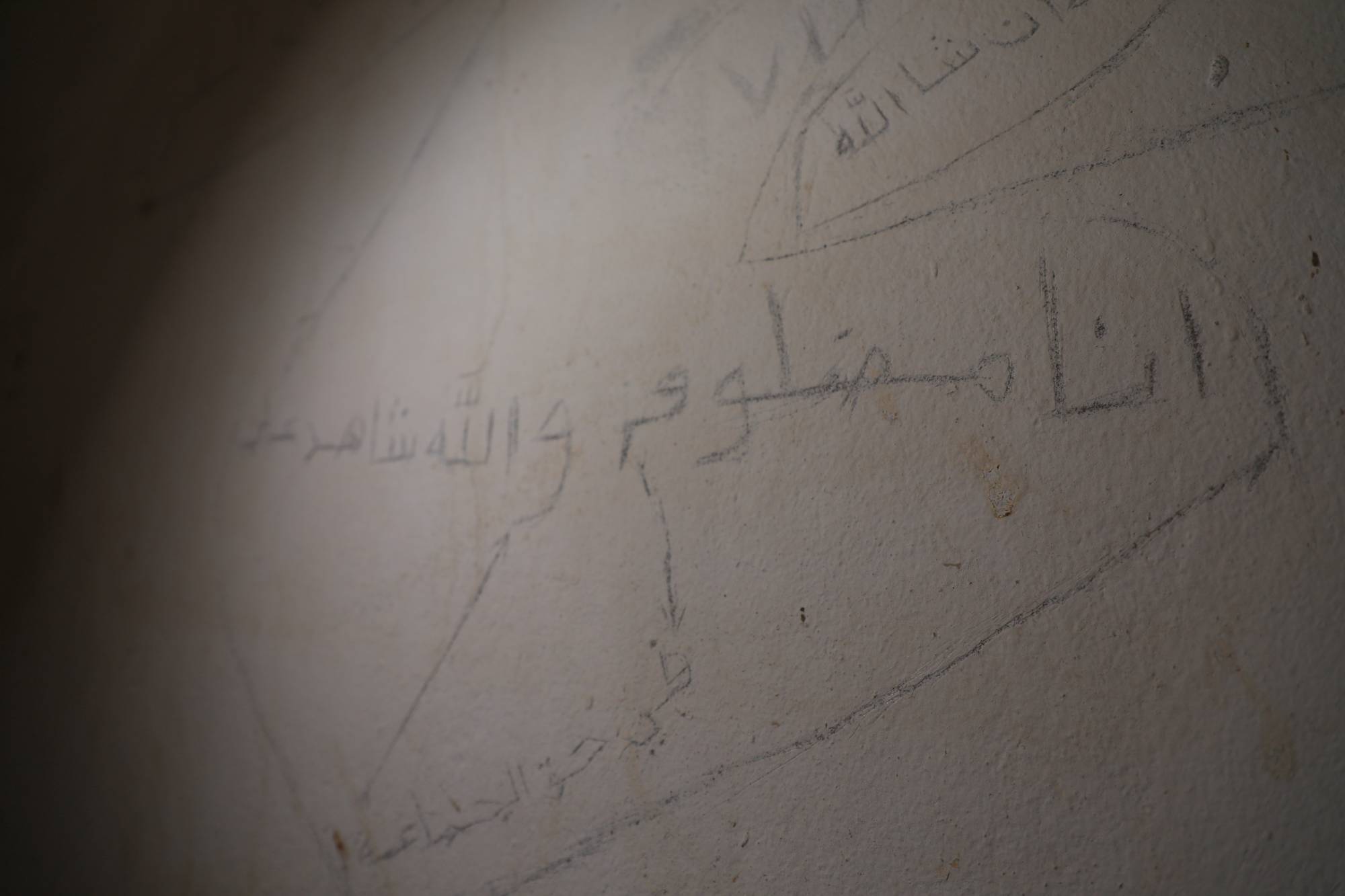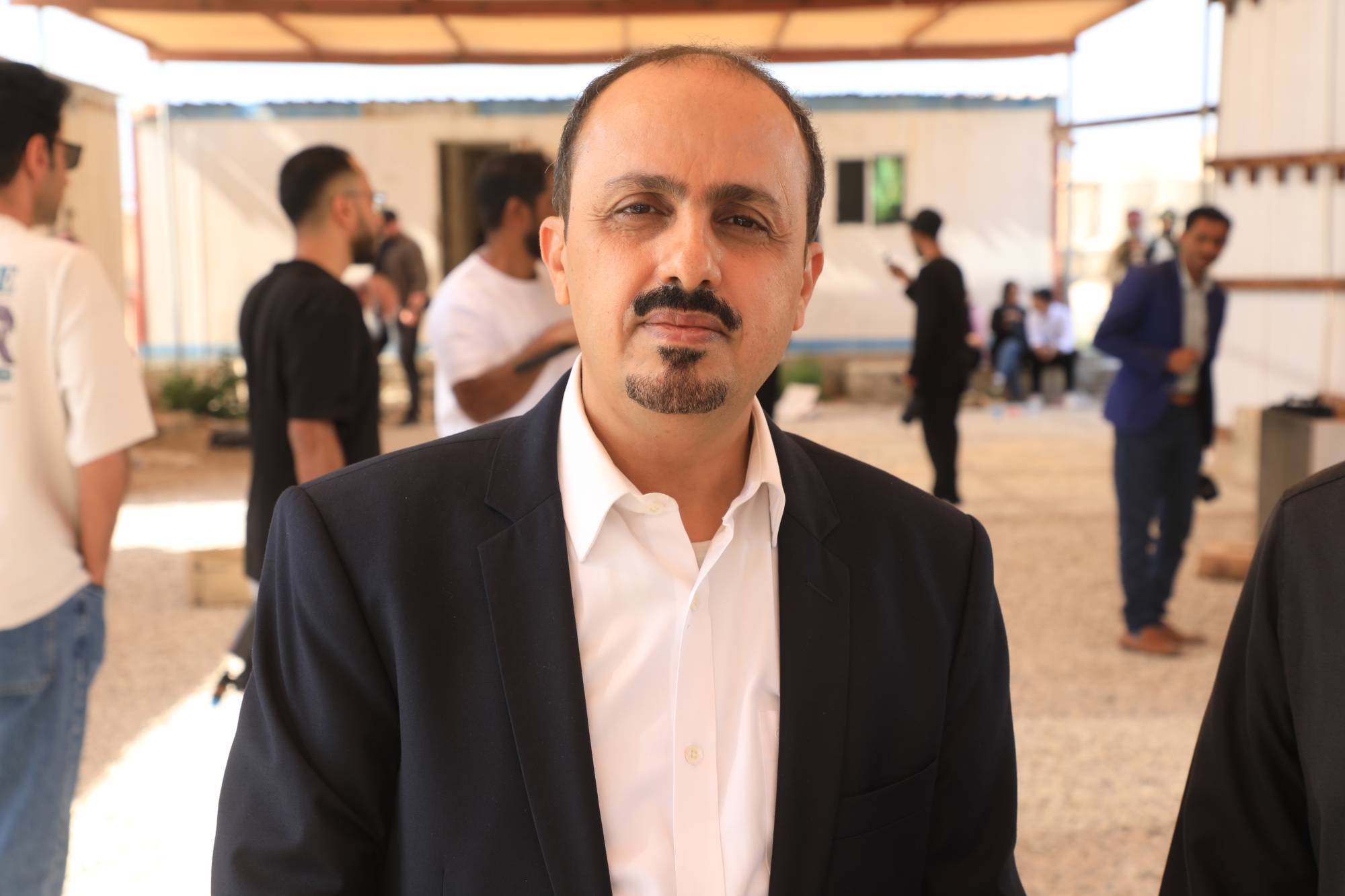Children remain the greatest casualties of mines planted arbitrarily by the Iran-backed Houthi militias in residential areas in Yemen.
A child is wounded or killed by a landmine once every two days, found a recent study by Save the Children. The number of victims has risen eight-fold from 2018 to 2022.
Despite a year of calm in Yemen, the research said child casualties from Houthi landmines increased during the April to October 2022 truce in the country.
“One child has been killed or injured on average every three days for the past five years by landmines and other explosive devices,” it said, adding that during last year’s truce, one child was killed or injured on average every two days by landmines or other explosive devices, the highest rate in five years.
Titled “Watching Our Every Step,” the study analyzed data from January 2018 to November 2022 and found that children in Yemen are facing the highest risk in five years of encountering landmines and unexploded ordnance (UXO), such as artillery shells, grenades, mortars, rockets and bombs.
Save the Children said child casualties from landmines or unexploded ordnance rose to 199 in 2022 – or 55% of overall children casualties – compared to 68 in 2018 which was 7% of overall child casualties, rising as families returned home during a six-month UN-brokered truce to contaminated land.
In its study, the non-government operated organization found that children in Yemen are at risk of encountering landmines and explosive remnants of war while engaging in everyday activities such as playing, collecting firewood and water, and tending to livestock and they may lack the experience to identify or avoid them.
It said almost half of all landmine and explosive remnants of war incidents involving children were deadly.
The report also found the proportion of child injuries and deaths caused by these explosive devices increased during the six-month UN-brokered truce last year as people returned home to areas that had been battlefields.
Save the Children Deputy Country Director for Yemen Ashfaq Ahmad said: “As the country enters its ninth year of conflict, this report is a stark reminder of the devastating impact the war is having on children, Yemen's most vulnerable population.”
He added that the fact that more and more children are being killed and injured by landmines and other explosive remnants of war.
“We cannot continue to stand by and watch as children's lives are torn apart by these horrific weapons,” Ahmad stressed. “The situation in Yemen is truly horrific. All parties to the conflict must prioritize the protection of children and ensure that they are no longer exposed to the risks posed by landmines and other explosive devices.”
The study also found that with the health system on the verge of collapse and few qualified rehabilitation specialists in Yemen, children injured by explosives do not have access to the long-term care needed to recover their mobility, return to school, and reintegrate into community life.
It warned that children living in displacement camps are more at risk of getting hurt by explosive devices due to a lack of mine risk education and being in areas at high risk of floods.
Most common child injuries treated by Save the Children included amputation of upper or lower limbs and hands, as well as loss of sight and hearing. In some cases, incidents led to permanent disability due to shrapnel and injuries to the spine.











